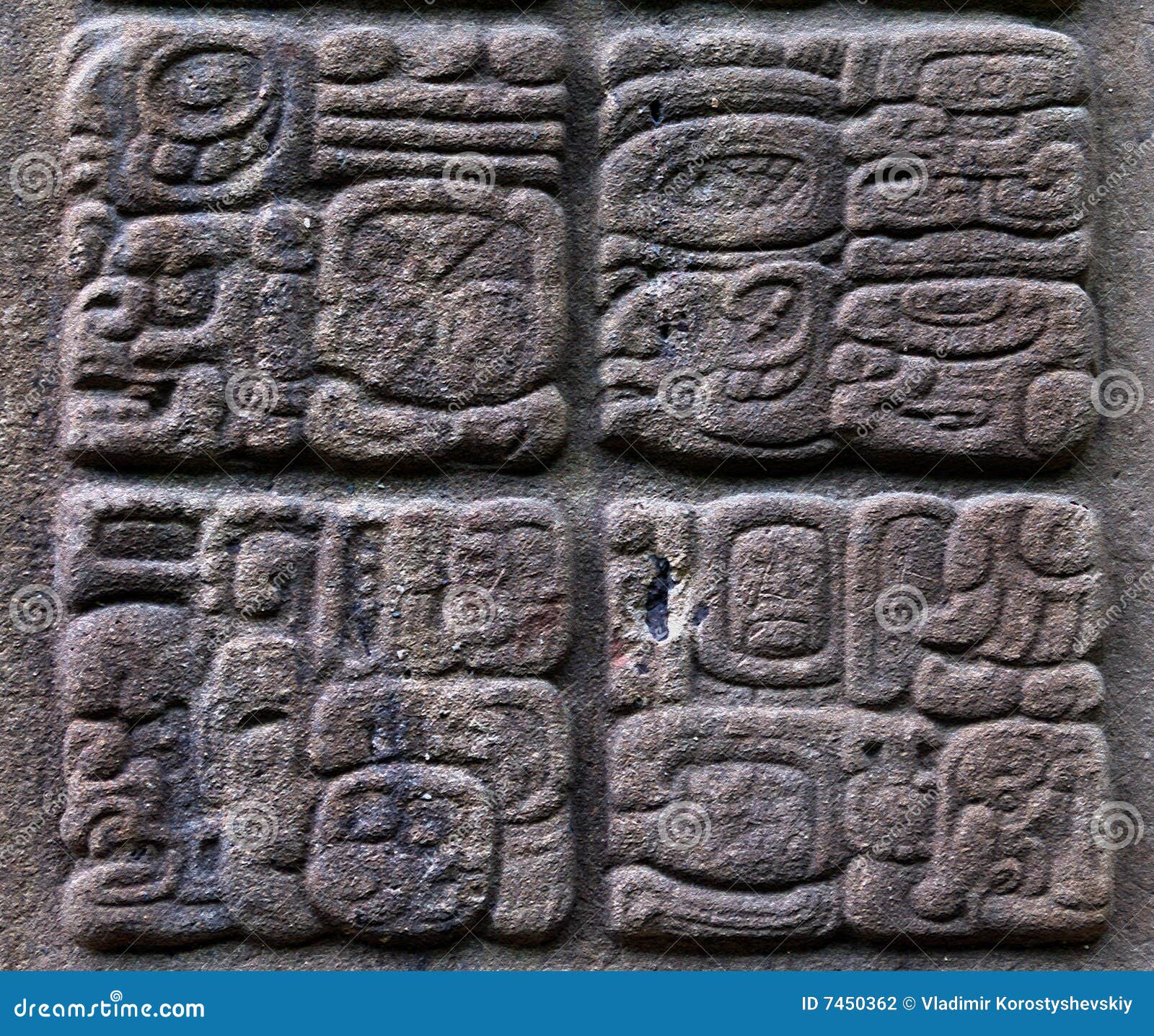

The Long Count date comes first, then the Tzolkin date, and last the Haab date. The Tzolkin and the Haab identify the days, but not the years. The three calendars are used simultaneously. Each of them is cyclical, meaning that a certain number of days must occur before a new cycle can begin. The Mayan Calendar consists of three separate corresponding calendars: the Long Count, the Tzolkin (divine calendar), and the Haab (civil calendar). The same system was used by most cultures in pre-Columbian Central America-including those predating the Maya. However, even though the Mayans contributed to the further development of the calendar, they did not actually invent it. The Mayan calendar dates back to at least the 5th century BCE and it is still in use in some Mayan communities today. Of course, the predictions did not come true-just like hundreds of other doomsday prophecies that fizzled out in the past. The media hype and hysteria that ensued was later termed the 2012 phenomenon. The Mayan calendar rose to fame in 2012, when a “Great Cycle” of its Long Count component came to an end, inspiring some to believe that the world would end at 11:11 UTC on December 21, 2012.
#Easy mayan glyphs free#
You are free to pick the style you like most. There are three different ways to write three syllables. Look for a glyph design that fits the number of syllables you have, three in our example.

Those fixed orders you can find on page 31. In the end, someone has to read it again – and you don’t want to end up being called “Masato” instead of “Thomas”. Now that we sorted out all the single syllables, we have to order them. Find out which one you like most and try around. You can choose one, which makes in a wonderful, artistic work. There might be several possible symbols in the field of the syllable you look for. Simply sort out your symbols, copy them from the file, if you want to try it digitally. “To” we can find on page 22 for example, in the line for T and the column for O. On the left side, you see a consonant, the columns show the vowels. There you try to find the glyphs, that represent your syllables. If you have split your name into syllables, now you move to the charts starting at page 18. Thomas, congratulations, you just gained a syllable!

If your name would be Thomas, the second syllable obviously doesn’t end in a syllable, so you have to make it end, by adding a syllable with a silent vowel. Mayan syllables always end in a vowel, which means, that you have to improvise a with. It’s really worth reading it, however, I want to point you to the important part for writing your names.įollowing the steps starting at page 34, you first have to divide your name into syllables, cause the single glyph parts stand for syllables. Now, if you downloaded book 1 – The complete Writing in Maya Glyphs Book 1 – Names, Places, and Simple Sentences – you will be confronted with a big paper. I will come back to Mark Pitts later again. For that purpose, I want to present to you “Writing in Mayan Glyphs” by Mark Pitts, hosted on the wonderful friends over at. It’s a fascinating thing to do and it raises your understanding of glyphs in general, even though you don’t have to learn one word of a Mayan language. Today, I want to give you the possibility to write your name in Mayan glyphs, or simply mess around with glyphs.


 0 kommentar(er)
0 kommentar(er)
